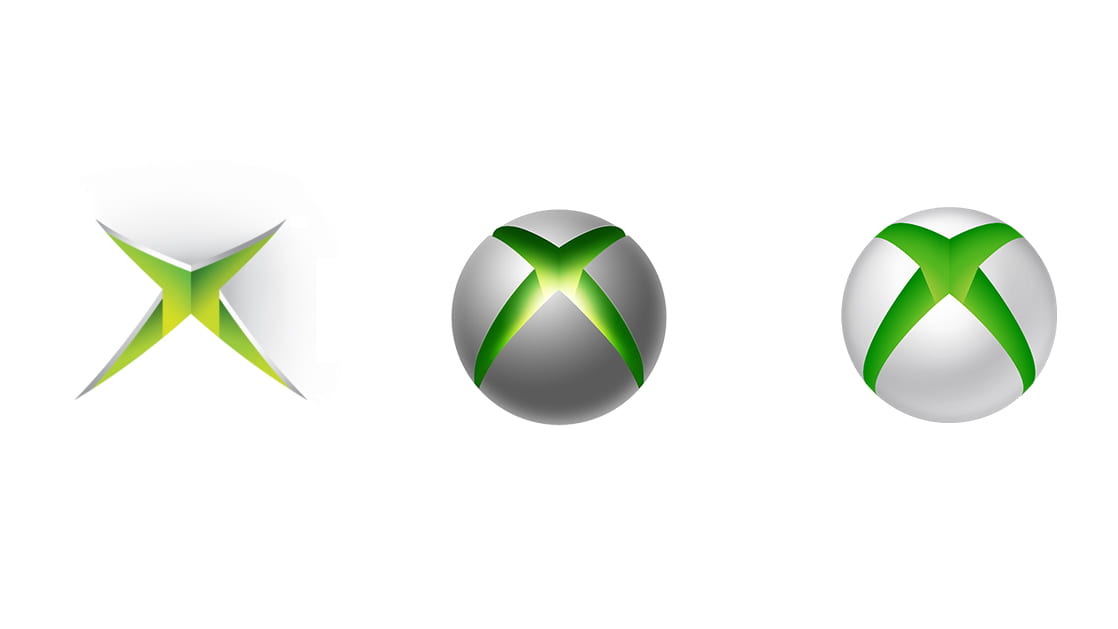A deep dive into the history of the Xbox sonic logo and its evolution over the years.
A boot-up sequence for any piece of technology serves a variety of functions. Game consoles turn on with a fun boot animation which not only marks the beginning of a gaming session but also, imprints the visual and sonic branding into the minds of consumers.
In 2001, when the original Xbox was entering the gaming scene, the market was already saturated with consoles from Sony, Nintendo, and SEGA. Microsoft needed to create a brand identity to stand out. But most importantly, the console needed a unique animation sequence to cover up the 8-second startup time required by the hardware before it was up and running.
Brian Schmidt, a Northwestern alum, was hired to create a piece of music to go along with the visuals. He was given one direction:
The notion of immense power striving to break free from the confines of the box.
The biggest obstacle, however, was memory constraint. There was only room for 25kb of music on the 256kilobyte memory. Schmidt ended up using 9 tracks of low-fidelity, digitized sounds comprising of thunderclaps, cannon sounds, and a glockenspiel, all of which were filtered with white noise.
Fast forward to 2006, the Xbox 360 was born, and with it, came the need for a new startup animation. Microsoft wanted to alter the Xbox brand in order to appeal to a wider demographic inclusive of all genders and ages.
Micheal Sweet, a professor at Berklee College of Music, was tasked to sonically reinvent the Xbox brand. Microsoft wanted the new intro to be more welcoming and family-friendly in contrast to the sci-fi-like qualities of Schmidt’s version, targetted at hardcore gamers. Even though Sweet was directed to include symphony, Sony’s PlayStation 3 bootup used an orchestra warm-up sound so he had to go on a different route.
Sweet ended up taking inspiration from the concave shape of the original Xbox 360 which appeared as if it was breathing. Naturally, the breath made its way to the sonic logo along with melodic tones, giving new life to the Xbox. A shortened version of the new logo sequence was incorporated into advertisements to compete with rival Sony, which used a sonic (and visual) logo at the end of every commercial.
Sweet’s audio logo was updated in 2010 with the introduction of Kinect and again, in 2013 for the Xbox One. The Xbox One X built-upon the 2013 version by adding a THX-like impact sound at the beginning to signify the power of the mid-cycle upgrade in 2017.
With Always-On support on both PlayStation 4 and Xbox One, the use of start-up sounds is fading away. Users can also avoid the sound entirely by turning it off. Regardless, both consoles have built a brand around their sonic logos so it is unlikely for them to stop its use anytime soon.
The end of this year will mark the beginning of the next generation of consoles with the release of PlayStation 5 and Xbox Series X. It will be interesting to see how Microsoft will use sonic identity this time to separate its powerful new console from the competition.
Update: Microsoft has unveiled the new bootup sound for its next-generation console.

Brian Schmidt says:
Happy to see someone covering console startup sounds!
One other thing we used the startup sound for was to help the player calibrate the volume on their TV/Surround sound system.
-Brian Schmidt
January 31, 2021 — 5:20 AM
Syed Ali Ahsan says:
Thank you so much, Brian! I was not expecting any comments, certainly not from you but it’s an honor to hear from a fellow Wildcat. So interesting to see how startup sounds can not only create a sonic identity but also serve as a calibration tool. Once again, thank you for your comment (and all of your amazing work).
January 31, 2021 — 5:30 AM